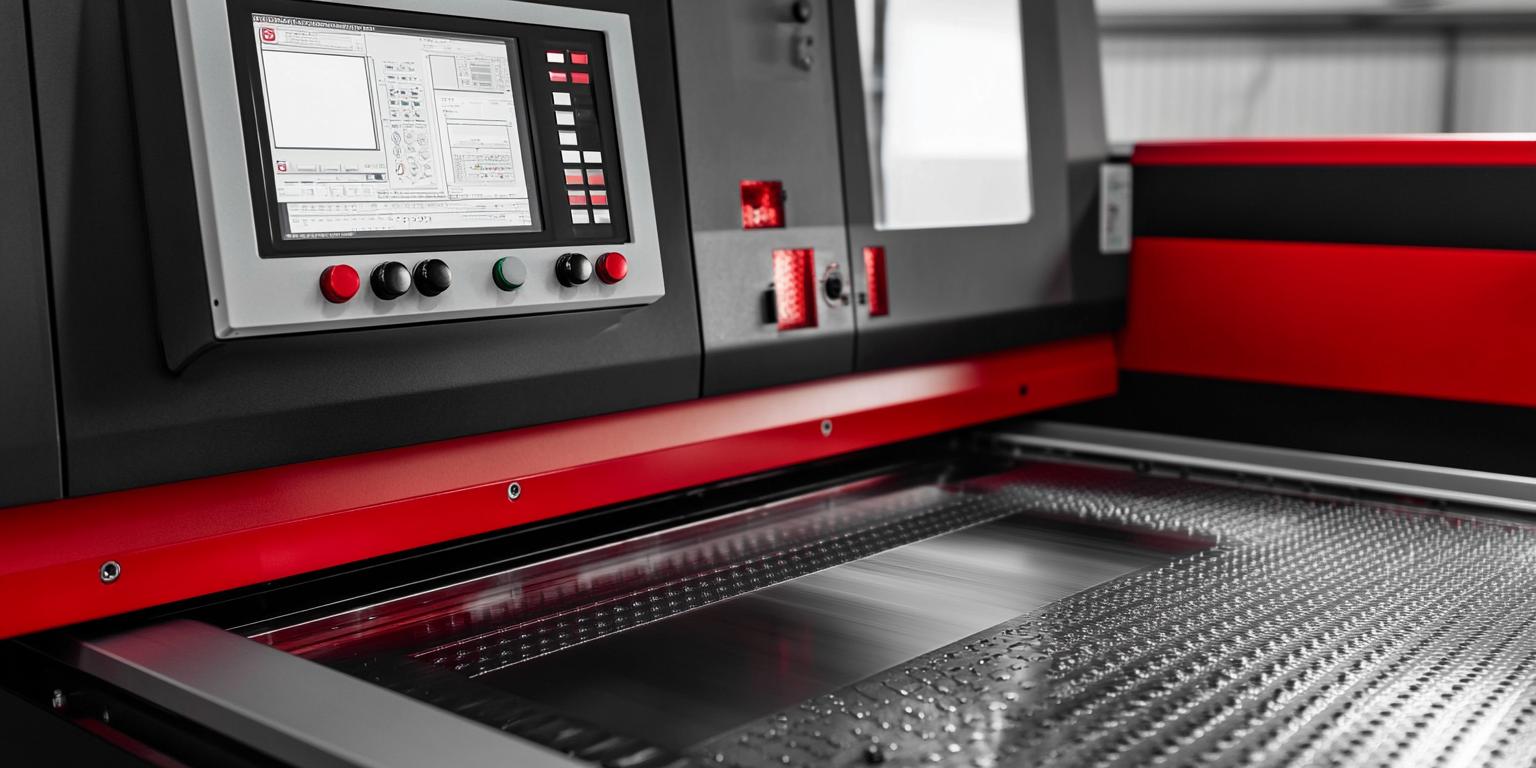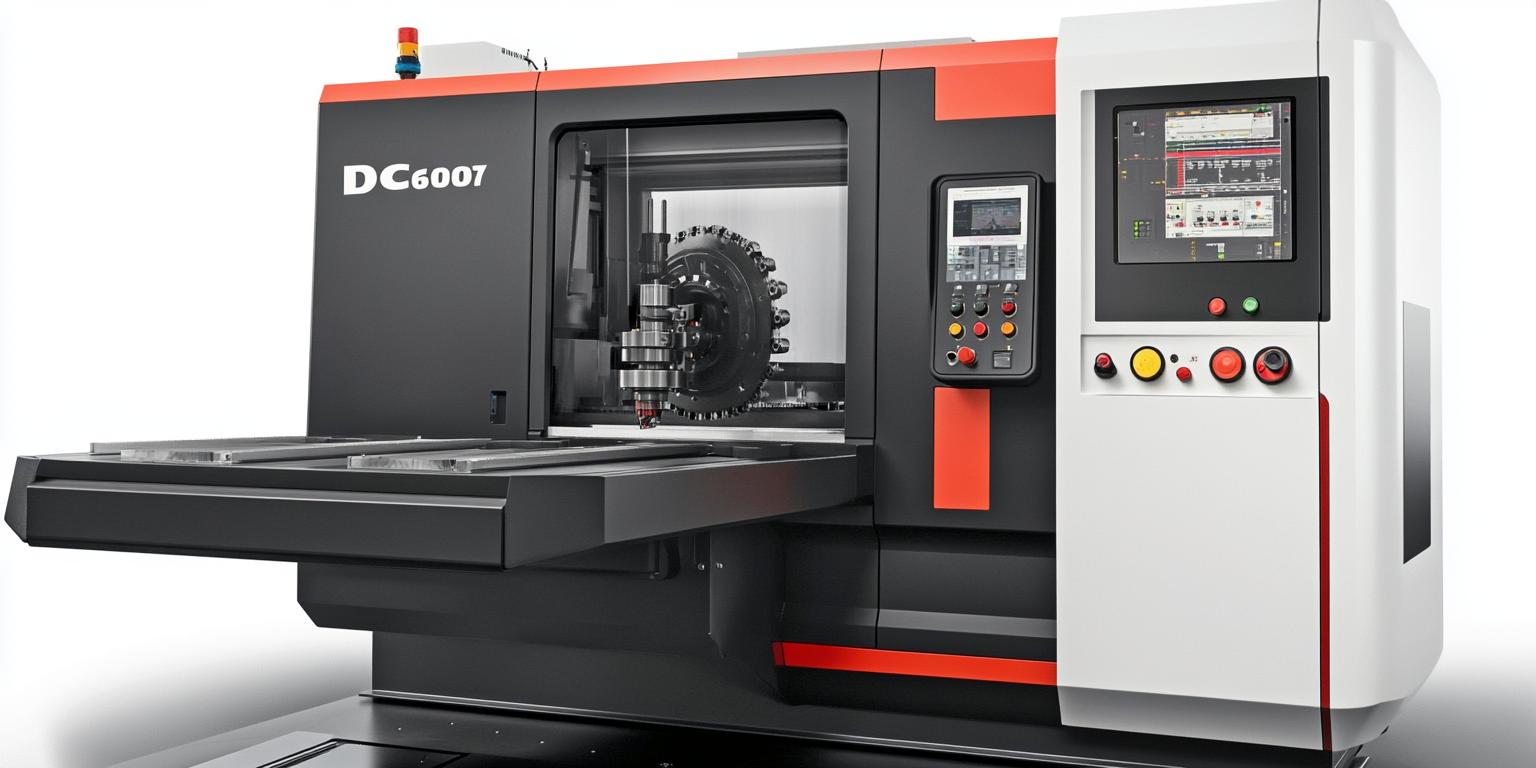
As an expert in the shoe mold manufacturing industry, I've witnessed firsthand the pain points that plague shoe mold enterprises. One of the most significant challenges is the inefficiency caused by frequent tool changes during the machining process. This not only leads to downtime but also reduces overall productivity. In this article, I'll introduce a game - changing solution: the Automatic Tool Changer (ATC) system in the five - axis CNC milling machine, specifically focusing on the DC6060A five - axis sole mold milling machine.
In a typical shoe mold manufacturing scenario, traditional machining methods often require operators to manually change tools for different machining operations. This manual process can be time - consuming and error - prone. On average, the downtime caused by manual tool changes can account for up to 20% of the total machining time. This means that for every 10 - hour machining cycle, two hours are wasted on tool changes, resulting in a significant reduction in output.
The ATC system is designed to address these issues by enabling continuous operation. It's like a smart dispatcher in a courier sorting station, which can quickly and accurately select and replace the required tools. Let's take a closer look at the different types of tool magazines.
There are mainly two types of tool magazines in the market: drum - type and arm - type. The drum - type tool magazine is a common choice, but it has limitations in high - speed and high - load operations. The arm - type tool magazine, on the other hand, offers better stability. In high - speed machining, the arm - type tool magazine can reduce the tool change time by up to 40% compared to the drum - type. Its unique structure allows it to handle heavier tools and perform more complex tool change operations, making it ideal for the demanding requirements of shoe mold manufacturing.

The tool change process in the ATC system involves several key steps, including tool position recognition, path planning, and parameter configuration. First, the system needs to accurately identify the position of each tool in the tool magazine. This is similar to how a library catalogs books. Once the required tool is identified, the system plans the optimal path for the tool change. This path planning ensures that the tool change is completed quickly and safely.
Let's break down the process:

Let me share a real - world example. A shoe mold manufacturing company was facing low productivity due to frequent tool changes. After installing the DC6060A five - axis sole mold milling machine with the arm - type ATC system, they saw a significant improvement. The production efficiency increased by 30%, and the labor cost was reduced by 25% because less manual intervention was required. The company was able to fulfill more orders and improve its market competitiveness.
By implementing the ATC system, shoe mold manufacturing enterprises can significantly increase their unit - time output. The continuous operation reduces downtime, allowing machines to run more efficiently. At the same time, the need for manual tool changes is greatly reduced, which means less labor input and lower labor costs. Overall, the ATC system can increase the equipment utilization rate by more than 30%, making it a cost - effective solution for shoe mold manufacturing.
If you're interested in learning more about the ATC system in five - axis milling machines and how to optimize its performance, I highly recommend downloading our PDF version of the "Five - Axis Milling Machine ATC Debugging Manual". This manual provides in - depth guidance on system installation, parameter setting, and troubleshooting. Click here to download the manual now.

